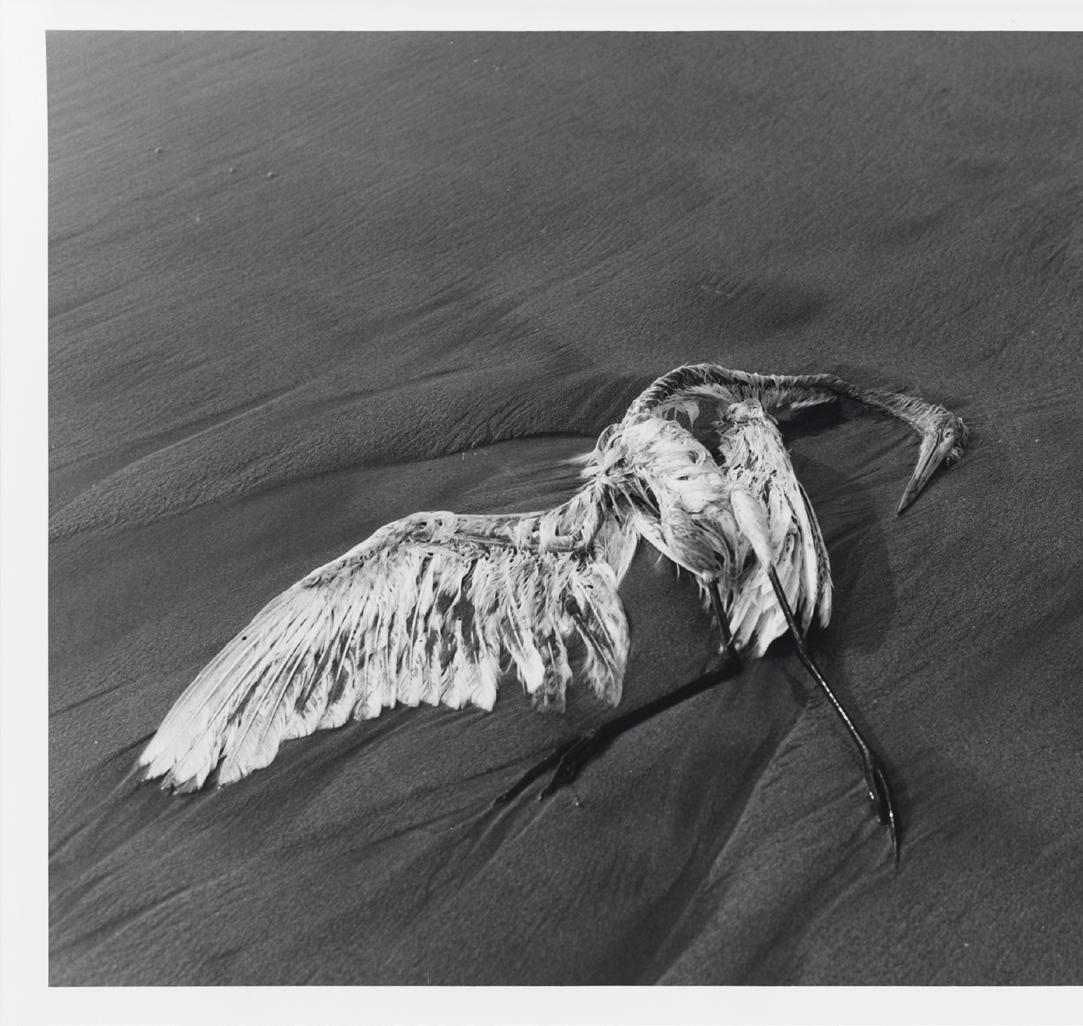
3 minute read
About the Book and About the Author
About the Book
One Book One Northwestern’s 2021–22 reading selection The Story of More: How We Got to
Climate Change and Where to Go from Here
(2020) by geobiologist Hope Jahren, comes at the beginning of what many have called the critical decade for addressing climate change. Our planet faces the dual crises of rapid climate change and biodiversity loss. Three quarters of the carbon dioxide emissions driven by humans has occurred since 1950. There has been nearly a 70% average decline of birds, amphibians, mammals, fish, and reptiles since 1970. Jahren tells us that since 3800 years ago in Mesopotamia, when the global population was about 100 million, people have worried that the earth would not be able to provide enough food, water, and shelter for the growing population. She explains how tremendous advances in healthcare, sanitation, agricultural productivity, energy production and technological innovation allowed the population to reach more than seven billion.
However, Jahren also tells us this growth has been associated with the industrialization of agriculture with excess use of chemical fertilizers and nutrient runoff, the wasting of edible food sufficient to adequately feed all undernourished people in the world, greatly increased consumption of fossil fuels, rapidly expanding production of diverse plastics and associated plastic waste, and inequitable resource extraction. Altogether, this has resulted in environmental degradation, biodiversity loss, a rapid rise in greenhouse gas levels leading to global temperature increases and sea level rise, and widespread disparities in access to resources across the US and around the world. We have years, not decades, to address these existential threats. When addressing the United Nations Sustainable Development Goal 13 to, “take urgent action to combat climate change and its impacts,” we need to ensure that populations already experiencing disproportionate impacts from climate change are not further disadvantaged by the policies implemented for adaptation and mitigation. Jahren asks individuals and society to “Use less and share more.” She reminds us that “we are endowed with only four resources: the earth, the ocean, the sky, and each other.”
About the Author
Hope Jahren is an award-winning scientist-teacher who has been pursuing independent research in paleobiology since 1996, when she completed her PhD at University of California Berkeley and began teaching and researching first at the Georgia Institute of Technology and then at Johns Hopkins University. She is the recipient of three Fulbright Awards and is one of four scientists, and the only woman, to have been awarded both of the Young Investigator Medals given within the Earth Sciences.
She was a tenured professor at the University of Hawaii in Honolulu from 2008 to 2016, where she built the Isotope Geobiology Laboratories, with support from National Science Foundation, the Department of Energy and the National Institutes of Health.
Hope Jahren is the author of Lab Girl (2016). She was recognized by Time magazine in 2016 as one of the 100 most influential people in the world and currently holds the J. Tuzo Wilson professorship at the University of Oslo, Norway.
In addition to being a gifted writer and an awardwinning scientist, Jahren has been teaching courses on climate change since 2009. The Story of More grew out of a class Jahren was teaching on climate change and her desire to translate data about the consequences of our population growth on the planet.
The “more” in Jahren’s title points to human habits of consumption and waste, but it also alludes to what “more” we could make of our numbered days on Earth while working toward a more equitable society.

Courtesy Hope Jahren
“We wake in the morning and leave our homes and we work, work, work, to keep the great global chain of procurement in place,” Jahren writes in a section focused on food waste. “Then we throw 40 percent of everything we just accomplished into the garbage. We can never get those hours back. Our children grow up, our bodies wane, and death comes to claim some of those we love. All the while, we spend our days making things for the purpose of discarding them.”
The Block Museum of Art Northwestern University 40 Arts Circle Drive, Evanston, IL 60201 blockmuseum.northwestern.edu @nublockmuseum 847. 491. 4100
ONLINE, FREE AND OPEN TO ALL
PLEASE NOTE, these copyright protected images are provided for educational use in teaching. All other rights reserved. Images must be reproduced with accompanying captions.
COVER IMAGE:
Mark Ruwedel (American, born 1954) Chocolate Mountains, Ancient Footpath Toward Indian Pass, 1996, printed 2000 Gelatin silver print mounted on matboard 14 15/16 × 18 15/16 in. Mary and Leigh Block Museum of Art, Northwestern University, Gift of Gary B. Sokol, San Francisco, 2020.4.1










